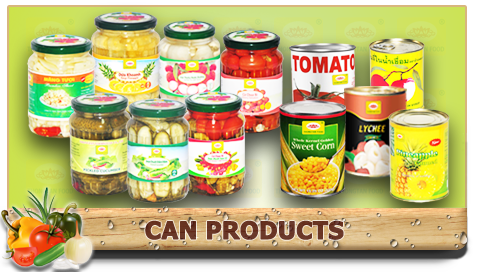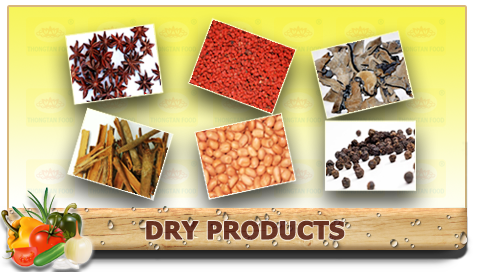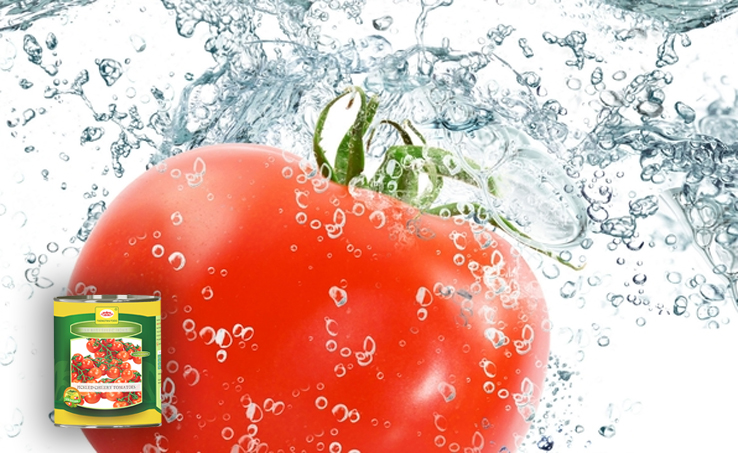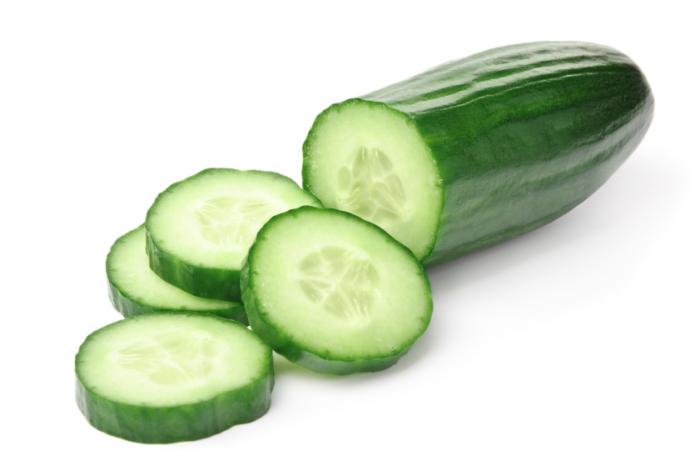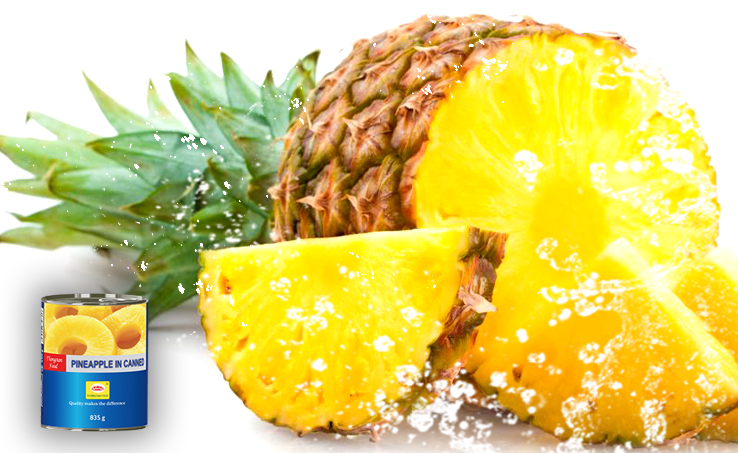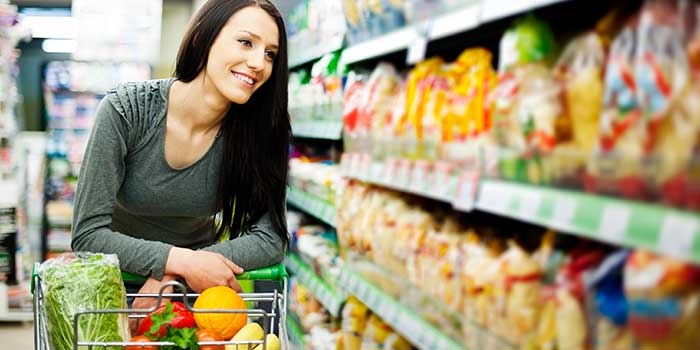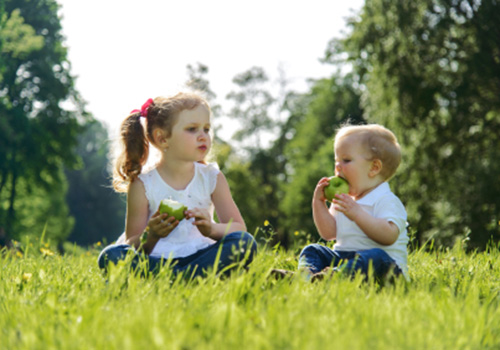 As a parent, the nutritional needs of your baby or toddler are obviously a priority, and it’s easy to feel overwhelmed by the amount of differing information out there. The food a child eats in their early years can influence their dietary habits later in life, so it’s important to instil good habits and a healthy relationship with food from an early age. Once your child is eating solid foods, you’re likely to find that some of the meals you so lovingly created are rejected. Don’t worry, this is perfectly normal, but it is wise to try to get into a good routine as soon as possible.
As a parent, the nutritional needs of your baby or toddler are obviously a priority, and it’s easy to feel overwhelmed by the amount of differing information out there. The food a child eats in their early years can influence their dietary habits later in life, so it’s important to instil good habits and a healthy relationship with food from an early age. Once your child is eating solid foods, you’re likely to find that some of the meals you so lovingly created are rejected. Don’t worry, this is perfectly normal, but it is wise to try to get into a good routine as soon as possible.
Ensure your child’s nutrient requirements are met by aiming for three meals a day, each containing something from each food group and up to two snacks. Get into the habit of trying different types of protein with each meal and couple of different vegetables.
Babies and milk
In the first six months, babies receive all their nutritional requirements from a milk-based diet. Infant formula is the only alternative to breastfeeding for feeding babies below six months of age. Cow’s milk is not recommended as a main drink for infants under 12 months. However, from six months, children enter the stage of transitional feeding, and progress from a milk only diet towards a varied, balanced diet of complementary foods from four food groups. The food groups that make up this balanced diet are proteins, carbohydrates, fruits and vegetables and milk and dairy foods.
Why protein is important
Proteins are essential for a number of important functions including growth, brain development and healthy bones. Of the 22 amino acids – or building blocks that make proteins, children need to get 10 ‘essential amino acids’ from their food.
How to get protein into your child's diet
Animal proteins such as chicken, eggs, milk, yogurt and cheese contain all 10 essential amino acids and are considered the most important for growth. Plant proteins such as legumes, lentils, tofu and soya products are incomplete proteins and need to be combined to achieve the full spectrum of amino acids.
- Baked dippy eggs
- Cooking with kids: Fajitas
- Cheeky chicken satay
- Omelette wedges
- Sweet & sticky chicken noodles
Fruit and vegetables
Aiming for five portions of fruit and vegetables is a good starting point for children. Easy tips for keeping on track could be as simple as keeping a bag of frozen vegetables in the freezer or chopping up a piece of fresh fruit for dessert.
How to get fruit & vegetables into your child's diet
- Frozen fruit sticks with lime drizzle
- More veg, less meat summer Bolognese
- Chargrilled veg houmous with dippers
- Easy beef stew with sweet potato topping
- Pasta with tomato & hidden veg
Carbohydrates
Children need a source of carbohydrate in each meal. However, young children under 13 months may struggle to digest wholegrain varieties of carbohydrates, and too much fibre can compromise the absorption of important minerals such as calcium and iron.
How to get carbohrdrates into your child's diet
Beyond 13 months children can usually tuck into wholegrain breads, muesli and pasta. Some children manage this better than others, so it’s just a matter of seeing how your child responds.
- Seven-cup muesli
- Mixed-seed bread
- Squished tomato pasta sauce
- Ten-minute pasta
Dairy and calcium
Children gain a lot of nourishment from dairy foods such as milk, yogurt and cheese. These foods can provide the body with easily absorbed calcium as well as vitamins A and B12, protein and other vitamins and minerals.
How to get dairy and calium into your child's diet
Choose full-fat milk for children under two as it is important for growth and the absorption of essential vitamins. From two years you can make the switch from full-fat to semi-skimmed milk, provided your child is eating a wide variety of foods and is gaining weight normally. Lower fat varieties contain just as much calcium as their higher fat counterparts. Calcium is an essential nutrient for all children to develop strong bones. Processed yogurts are often packed with sugar, colourings and sweeteners – so steer clear of the flavoured ones. Instead, choose natural yogurt and add your own natural sweeteners such as fruit compote, stewed fruit or honey.
- Fruit & nut yogurt
- Instant frozen berry yogurt
- Cheese & fruit sticks
- Apple, pear & cherry compote
The right kind of fat
While children need some fat to grow and develop, too much of any sort of fat is not recommended. Butter, spreads and oils contribute to the taste, texture and enjoyment of the diet. They are important as concentrated sources of energy for young children who are growing rapidly.
Soft drinks, sweets, confectionery, biscuits, sugary pastries and desserts are high in added sugars and often poor quality fats and salt. Children under five should only eat these foods once in a while, ideally saved for special occasions. The over consumption of snack foods high in added sugar, fats and salt is recognised as one of the major contributing factors to high rates of obesity.
Healthier sweet treats:
- Sugar-free banana cake
- Guava & passion fruit lollies
- Courgette muffins
The best breakfast for you child
When buying processed cereals read the labels carefully as they are seldom as healthy as they seem. Many contain higher levels of sugar and salt than is recommended per serving. It’s best to choose an unsweetened, simple oat or bran based cereal and add fruit such as a chopped banana or handful of raisins to make it sweet and to add a nutritious-boost.
If you have time to make a more substantial breakfast, there are a lot of healthy benefits from including protein such as an egg, baked beans or natural yogurt. Proper snacks (not constant grazing) are important to keep your child’s appetite satisfied. The more you can help your child judge when they are hungry, the better able they will be to judge how much food they should be eating as they grow older. When children ask for food, check that they’re not actually thirsty as the two are sometimes confused.
Some substantial breakfast ideas:
- Breakfast bar
- Seven-cup muesli
- Apple & sultana porridge
- Cinnamon porridge with banana & berries
Super snacks and smoothies
- Dried fruit – such as figs and raisins are good snacks when children want a sweet treat.
- Raw vegetables such as carrot, cucumber, celery, cherry tomatoes etc. Serve with a little pot of hummus, bean dip, guacamole, tzatiki of some soft cheese
- Chunks of cheese with crackers
- Wholemeal bread or rice cakes with wafer thin ham, cream cheese or nut butter
- Homemade soup with fingers of toast
- Smashed bean dip
- Chargrilled veg houmous with dippers
- Cheese & fruit sticks
Smoothies and juices can be a great way to get children to take in a dose of vitamin C and folate – important vitamins for the immune system, energy production and preventing anaemia. The natural sugar in fruit (fructose) can be better for children (and their teeth) than sugar laden packaged/canned drinks. But this doesn’t mean that children can drink an unlimited about of these drinks. Some smoothies contain a lot of fructose and this can result in a ‘sugar high’ which can aggravate mood and energy levels. Water should be the main source of your child's liquid intake and one small glass of fresh fruit juice per day is enough and you can always dilute fruit juice with a splash of water.
All health content on bbcgoodfood.com is provided for general information only, and should not be treated as a substitute for the medical advice of your own doctor or any other health care professional. If you have any concerns about your general health, you should contact your local health care provider.




